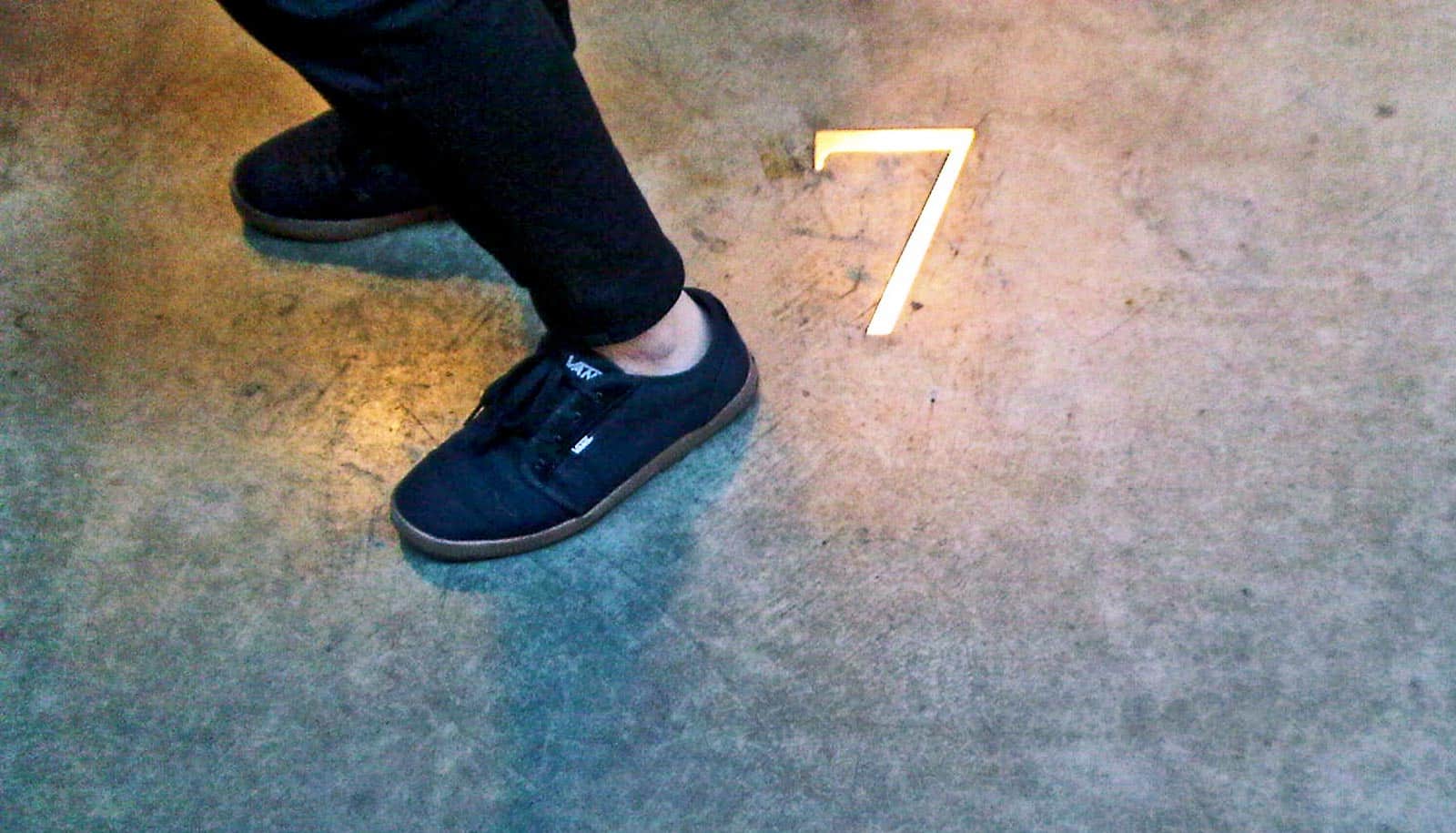A pacemaker-like device restored heart function in a group of cancer survivors, mostly women with breast cancer, who had experienced heart failure as a result of chemotherapy, a new study shows.
Researchers evaluated the device in a small observational clinical trial at 12 cardio-oncology programs across the US.
Researchers have not only suggested that heart disease and cancer risk may be linked, but also that doctors should be aware of heart disease as a side effect of cancer treatment.
‘Significant’ improvement with CRT implants
Known as the MADIT-CHIC study, the research was the first of its kind to assess whether cardiac resynchronization therapy (CRT) could improve heart function in patients with congestive heart failure and cardiomyopathy, an enlargement of the heart due to chemotherapy side effects.
After six months with the implanted CRT devices, the 30 patients who received cardiac resynchronization therapy experienced significant improvement. The study, which took place between 2014 and 2018, was designed to address a problem that affects more than half of people who receive anthracycline chemotherapies.
These patients are prone to heart muscle damage, and about 5% go into full heart failure, says Valentina Kutyifa, associate professor of medicine at the University of Rochester Clinical Cardiovascular Research Center and principal investigator of the study, published in the JAMA.
All of the trial participants did well during six months of follow-up care, Kutyifa says.
“Not only did their heart function improve, but they were able to take care of themselves, enjoy life, and do just about everything they were able to do before the illness,” Kutyifa says. “It really gives hope to patients who have survived cancer.”
One woman’s story
In 2008, at 53 years old, doctors diagnosed Vicki Dennis, now 64, with breast cancer after a routine mammogram. She had a mastectomy, and then six months of chemotherapy. She bounced back from the treatment fairly easily. “It was a relief to be done with everything,” Dennis says.
For years she lived well. In February of 2016, in fact, Dennis had an annual oncology checkup and got another clean bill of health. But weeks later she developed a bad cold and cough. Doctors believed it was bronchitis, then pneumonia, and prescribed a variety of medications. She couldn’t sleep and had trouble breathing.
“People were telling me I had no color. I didn’t know what was happening,” Dennis says. She assumed the shortness of breath was part of the respiratory illness. But when her feet and ankles swelled, she called her sister-in-law, a nurse, who urged Dennis to go to the nearest emergency room.
An X-ray revealed a damaged and enlarged heart with fluid buildup. “I was in total shock. It was pretty scary,” Dennis says. “At one point they weren’t sure I would make it through the night.”
An ambulance rushed her to the University of Rochester Medicine’s Strong Memorial Hospital. After a week of tests and medical therapy, Dennis learned about Kutyifa’s clinical study on cardiac resynchronization therapy.
“I figured that if it could help somebody else, go for it,” Dennis says. “I also knew that I would be doing everything that I could to keep myself alive.”
On November 1, 2016, doctors implanted the CRT device in her chest, providing the powerful electrical stimulation needed to synchronize her erratic, weak heart contractions.
“I proved them all wrong,” Dennis says. “I made it through the cancer and now I’ve made it through this. I think I’ve astounded everybody in Rochester. I know they’ve done everything they could for me and now it’s just a question of hanging in there—which I intend to do for a long time.”
Women in heart studies
It’s important to note that women are more susceptible to heart damage as a chemotherapy side effect, Kutyifa says. However, women typically represent only about one-third of participants in cardiology studies evaluating implanted devices. For the MADIT-CHIC trial, researchers made a concerted effort to enroll more women: 87% of the participants were female with a mean age of 63, and most had been treated for breast cancer.
Heart problems can arise early on—from six months to two years after cancer treatment—or as far as 15 to 20 years, says Eugene Storozynsky, who directs the cardio-oncology clinic associated with Wilmot Cancer Institute.
The trial’s main objective was to evaluate each patient’s ejection fraction (EF), a measurement of how much blood is pumped as the heart beats. A healthy person’s EF is typically 60%. The study participants had an EF of less than 35% when they enrolled—less than 40% is evidence of heart failure. Dennis’ EF was a mere 28%.
But six months after cardiac resynchronization therapy, Dennis and others in the study saw their symptoms ease as their EFs rose to the normal range.
In Dennis’ case, 18 months after the start of the trial, her heart had completely normalized in size and function, even at a microscopic level, says Storozynsky, associate professor of medicine in cardiology.
“I’ve seen this only rarely in the 10 years I’ve been following cancer patients,” he says. “She does have a very remarkable story in the sense that if it wasn’t for this clinical trial…she may be really struggling.”
Cancer therapies and heart failure
The opportunities to help patients with cancer and heart problems are growing and the study adds another tool for the future, Storozynsky says. He works with oncologists and internists to identify patients who may be at greater risk, and to minimize the heart’s reaction to chemotherapy.
“You always want to be aware,” Storozynsky says. “If something doesn’t seem right, if the heart rate is suddenly higher, that may be an early warning sign. The heart doesn’t change from the size of your fist to a football overnight.”
Several cancer therapies can affect the heart. In addition to anthracyclines (doxorubicin), which can build up unwanted calcium in the heart muscle, immunotherapy and tyrosine kinase inhibitors can cause left-ventricle damage. Radiation therapy may lead to a thickening of the heart valves, inflammation, and artery blockages.
Doctors at the University of Rochester Medicine established a database to track lymphoma patients treated at Wilmot Cancer Center, who may face risks due to the newer classes of targeted medications that stop the cancer but might induce heart problems, says Ilan Goldenberg, director of the Clinical Cardiovascular Research Center.
“Right now, this is an understudied area. Our plans include collaborating more closely and focusing on how to manage and reverse heart damage caused by many of the newer medications.”
The new research builds on the legacy of cardiologist Arthur J. Moss. Before he died in 2018, Moss launched the study that saved Dennis’ life. He designed the MADIT-CHIC trial in 2014 with Jagmeet Singh, professor of medicine at Harvard Medical School.
Boston Scientific, the device maker, funded the trial with an investigator-initiated research grant. The Brigham Women’s Hospital in Boston served as the central echocardiography core laboratory.
Source: University of Rochester


